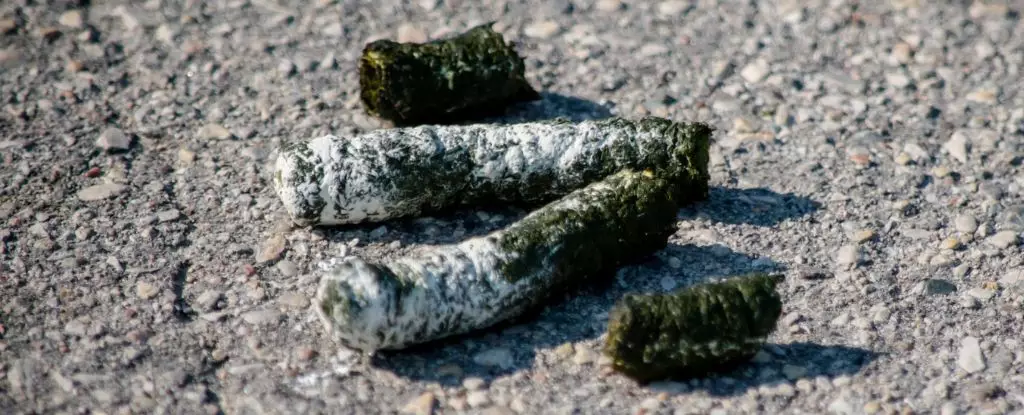In an extraordinary twist on conventional classroom projects, a group of middle school students in Chicago has found themselves embroiled in a fascinating scientific journey that underscores the importance of curiosity and hands-on experimentation in education. Typically viewed with skepticism, the idea of bringing something as unorthodox as bird droppings into a school setting has received a surprising amount of praise. Within the framework of a 14-week outreach program, students undertook the task of exploring their urban environment as part of a mission to hunt for potentially revolutionary bioactive compounds.
That surprising journey led one innovative student to present a sample of goose feces to a local science club, where the adventure truly began. Under the watchful eye of researchers from the University of Illinois, this student learned the meticulous process of isolating bacterial species, leading to the unexpected identification of a strain with inspiring antibiotic properties. This kind of practical engagement illustrates how education can flourish when youth are encouraged to embrace their natural curiosity.
The isolated bacterium, identified as Pseudomonas idahonensis, not only marked a significant finding in the local ecology but also proved to be a critical player in the search for new medical innovations. Importantly, the lab’s evaluation revealed that this gram-negative bacteria strain exhibited the capability to restrict over 90% of growth in gram-positive bacteria notorious for causing skin infections. This incredibly significant result not only validated the student’s efforts but also highlighted the potential of untapped environmental resources in battling antibiotic resistance, a growing global crisis.
The scientific endeavor didn’t stop there. Researchers also uncovered an unprecedented natural compound, orfamide N, amidst their investigation. Unlike other orfamides, known for their therapeutic properties, orfamide N introduced a new dimension to the ongoing struggle against diseases like cancer. In laboratory experiments, this novel compound demonstrated an ability to impede the proliferation of melanoma and ovarian cancer cells, sparking hopes for future applications.
Despite the apparent success, the road to developing new antibiotics remains challenging. The low yield of promising samples collected during this study underscores the intricate and often lengthy process of scientific research. Out of the 14 environmental samples collected, the discovery of orfamide N from just one highlighted both the potential and difficulties inherent in bioactive compound exploration. As antibiotic resistance becomes increasingly widespread, scientists are discovering that nature still holds treasures which could be pivotal in discovering new treatments.
What stands out in this story is the bridge it forms between the educational experience of middle schoolers and the serious implications of their discoveries. By participating in this research, students gain invaluable hands-on experience that can open doors to potential careers in science and medicine. More than just classroom learning, this initiative provides a glimpse into how curiosity-fueled exploration can yield significant scientific breakthroughs while inspiring the next generation of innovators.
The Future of Antibiotic Discoveries and Student Involvement
As the scientific community rallies to address the stark decline in antibiotic discovery since the mid-1950s, grassroots efforts such as this academic initiative become vital. Engaging young minds in the pursuit of biomedical advancements helps create a culture of scientific inquiry that can lead to remarkable discoveries. As exciting as this current finding is, the need for future research and testing remains, as scientists strive to uncover the true properties and potential applications of this newly identified compound.
The thrill of scientific discovery, especially in environments brimming with untapped resources, should not be underestimated. As students continue to delve into their neighborhoods, who knows what other remarkable compounds await discovery? The blend of educational outreach with real-world scientific research not only cultivates a spirit of inquiry in young learners but also offers hope in the ongoing battle against some of the world’s most pressing health challenges. Ultimately, this initiative demonstrates the vast potential of student contributions to science and ignites a flame of curiosity that could lead to the next major breakthrough in medical research.

